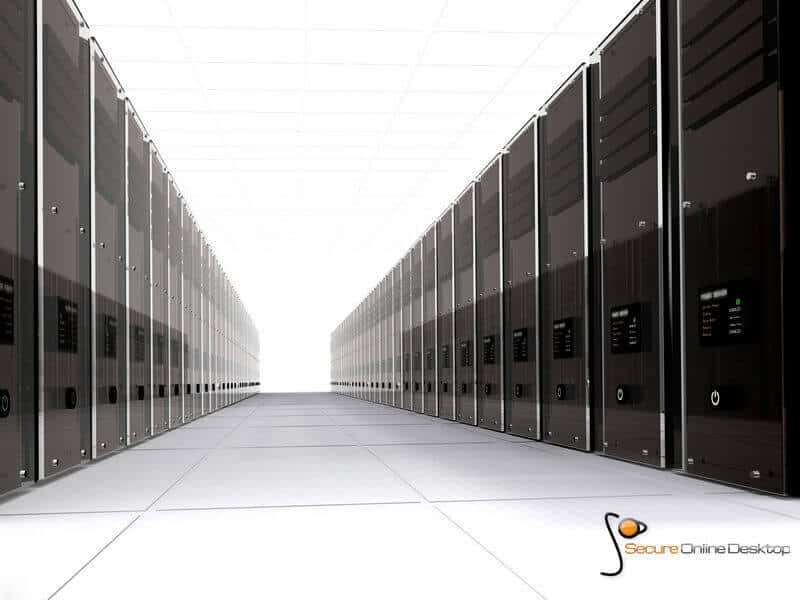 Piergiorgio Venuti
Piergiorgio Venuti
Public Cloud
The public cloud provides the provision of cloud services in a virtualized environment, implemented through shared physical resources and accessible via a public network such as the Internet. It is opposed to the private cloud, which delimits the pool of underlying computing resources, creating a distinct cloud platform that can only be accessed by a single organization. Public couds instead provide services to multiple customers through a single shared infrastructure.
The clearest examples of cloud computing are in the public cloud model, because by definition they are available to the public. “Software as a Service” (SaaS) offers such as cloud storage and CRM are perhaps the most familiar, but the model can also be followed by the popular “Infrastructure as a Service” (IaaS) offers and “Platform as a Service” (PaaS), including web hosting and cloud-based development environments (although all of these can also exist in private clouds). Public clouds are widely used for private offers, which are less likely to require the level of infrastructure and security offered by private clouds. In any case, companies can also use public clouds to make their activities much more efficient, for example by storing non-sensitive data, online collaboration on documents and web mail.
The public cloud offers the following advantages and functions:
♦ Maximum scalability: cloud resources are available on demand, drawing from the large public coud basins so that applications running on the cloud respond without interruption to the oscillations of the activity;
♦ Convenience: public clouds bring together greater levels of resources and therefore can offer advantages related to large economies of scale. The centralized functioning and management of the underlying resources are subdivided among all the resulting cloud services, while components, such as servers, require fewer customization interventions. Some offers for the mass market can even be free for the customer, given that advertising compensates for revenue;
♦ “Billing” style costs: public cloud services often adopt a “pay-as-you-go” payment model, so that consumers can access the necessary resources at the right time and then pay only those used, without waste;
♦ Reliability: The high number of servers and networks involved in the creation of public cloud and redundant configurations make sure that in the presence of faults to a physical component, the cloud service continues to operate with the remaining components. In some cases where clouds draw resources from a variety of data centers, even if an entire data center is unlinked, there would be no consequences for individual cloud services. In other words, there is no single point of vulnerability that could jeopardize the public cloud service;
♦ Flexibility: on the market there are a myriad of IaaS, PaaS and SaaS services that follow the public cloud model and which are accessible as a service from any device set up for the Internet. These services can meet most computing requirements and can benefit both private and business customers. Enterprises can even integrate their public cloud services with private clouds when they need to perform sensitive business functions, creating hybrid clouds;
♦ Geographical independence: access to public cloud services via Internet connections ensures that the services are available wherever the customer is. This creates valuable opportunities for businesses, such as remote access to IT infrastructure (in case of emergencies, etc.) or online collaboration on documents from multiple locations.
L’offerta Public Cloud della Secure Online Desktop relativa allo IaaS, può essere consulta nella sezione Cloud Server o direttamente all’interno del nostro e-commerce.
The Public Online offer of Secure Online Desktop related to IaaS, can be consulted in the Cloud Server section or directly in our e-commerce.
[btnsx id=”2931″]
Useful links:
IaaS | Cloud | Infrastructure as a Service
New Cloud Server video – Create your VPS
Customers
Twitter FEED
Recent activity
-
SecureOnlineDesktop
Estimated reading time: 6 minutes L'impatto crescente delle minacce informatiche, su sistemi operativi privati op… https://t.co/FimxTS4o9G
-
SecureOnlineDesktop
Estimated reading time: 6 minutes The growing impact of cyber threats, on private or corporate operating systems… https://t.co/y6G6RYA9n1
-
SecureOnlineDesktop
Tempo di lettura stimato: 6 minuti Today we are talking about the CTI update of our services. Data security is… https://t.co/YAZkn7iFqa
-
SecureOnlineDesktop
Estimated reading time: 6 minutes Il tema della sicurezza delle informazioni è di grande attualità in questo peri… https://t.co/tfve5Kzr09
-
SecureOnlineDesktop
Estimated reading time: 6 minutes The issue of information security is very topical in this historical period ch… https://t.co/TP8gvdRcrF
Newsletter
{subscription_form_1}© 2024 Cyberfero s.r.l. All Rights Reserved. Sede Legale: via Statuto 3 - 42121 Reggio Emilia (RE) – PEC [email protected] Cod. fiscale e P.IVA 03058120357 – R.E.A. 356650 Informativa Privacy - Certificazioni ISO












